Sorrentino's film, It was the hand of God, makes viewers relive the Naples in the 1980s. From a cinematic point of view, critics have been divided, but what can be said with certainty is that watching it is a unique way to rediscover the city. Paolo Sorrentino, in fact, presents us with a Naples bourgeois and full of beauty.
We will try to tell you in this article about the places told by Sorrentino, without revealing too much about the plot of the film that won the Silver Lion (Grand Jury Prize) at the last Venice Film Festival and now available on Netflix.
Locations of "It was the Hand of God"
The protagonist of the story is called Fabio Schisa, a teenager who lives with his family in the apartment building of St. Dominic Street at Vomero. For the scenes filmed in Fabio's house, Paolo Sorrentino's real house in Vomero was used, and also the classical high school he attends is precisely theSacred Heart Salesian Institute Which was attended by the director.
Fabio's father, on the other hand, works at the Bank of Naples, the majestic palace of Toledo Street, in the historic center, built between 1936 and 1939 as an extension of St. James Palace which today is being transformed into an art gallery.
In the film we also find a Plebiscite Square vintage, with cars and buses from the 1980s, when the hemicycle was used for public parking and where the bus stopped.
Not far away we find the famous Umberto I Gallery which will be a significant and decisive place for both the past and the future of the young protagonist.
At some point Fabio's vicissitudes lead him to the famous Diego Armando Maradona Stadium, former St. Paul's. At the stadium he will meet a friend with whom he will reach Capri by night. Maradona could not be missing from the representation of 1980s Naples, not surprisingly his famous expression "mano de Dios" also gives the film its name. For the occasion, the stadium was redesigned in 3D As it was in 1985.
Images of the Schisa family's summer vacation were filmed in Agerola, Massa Lubrense, Punta Campanella and Terra delle Sirene on the Sorrento Peninsula. The underwater scenes were shot in Conca dei Marini and to the port of Cetara.
The filming carried out in Punta Campanella portray the shelter of Eduardo De Filippo: in particular we refer to the Isca rock, a small island off the coast of Nerano where the Neapolitan playwright traveled in the spring aboard his goiter, the St. Luke's. Eduardo bought it in 1949 from banker Vittorio Astarita and today it has been sold by De Filippo's heirs to entrepreneurs Giacomo Cinque and Riccardo Ruggiti of Positano, who are expected to turn the island into a luxury resort.
The big house where the whole family gathers in the summer to meet Fabio's aunt's new boyfriend is Villa Giusso Astapiana in Vico Equense, a former farmhouse inhabited by monks, now an event location. In Massa Lubrense's enchanting stretch of water, the scene was filmed in which the whole family, gathered on a boat, admires Aunt Patrizia sunbathing on the bow.
Of particular interest is the opening scene in which Aunt Patricia is brought before the munaciello from San Gennaro. The mysterious room belongs to the Cardinal's Villa to Torre del Greco, specifically in Purgatory Street. The villa was built in 1744 by the architect Gennaro De Laurentiis and then purchased two years later by Cardinal Joseph Spinelli, then archbishop Naples.
The scenes in the film also take us into the Phlegraean Fields: the director thought about the environments of the Mirabilis Pool as an ideal place to shoot a scene in which Fabio Schisa, crossing a series of hollows, faces a boundless sea.
The sea acts as a spectator to the dialogue between Schisa and the director Capuano, the moment when the fateful phrase "Don't be disunited". Hosting the two actors is Villa d'Abro to Posillipo, a legacy of Armenian princes: in particular, Aslan Pagratide was the only one among them to obtain Italian citizenship, becoming an honorary professor at the Institute of Fine Arts in Naples, director of the Industrial Museum, a member of the Red Cross and president of the jury of the 1900 Paris World's Fair.
The sea is definitely one of the main protagnostics of the film, starting from Chiaia, Mergellina and Posillipo all the way to the'island of Nisida.
The places we revisited through this film are fascinating and unmissable, so we recommend that you visit them as soon as possible.
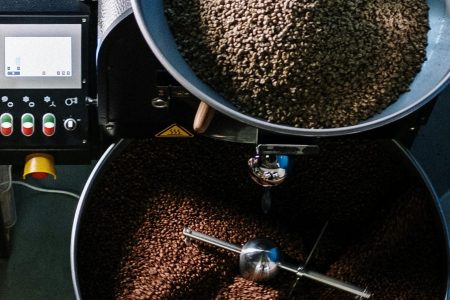
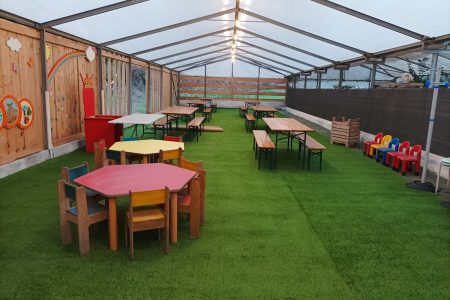
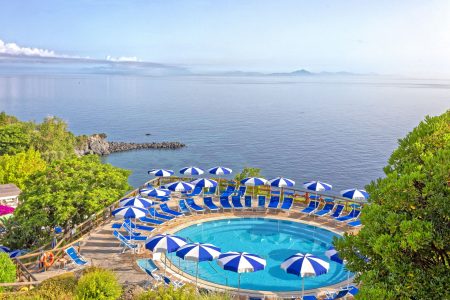
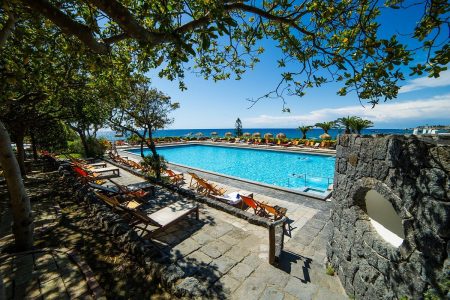
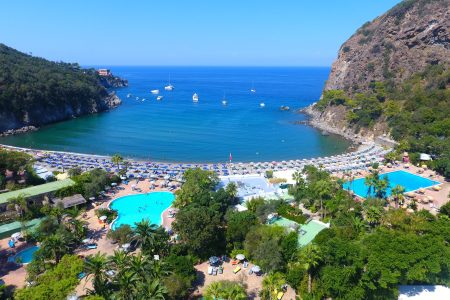
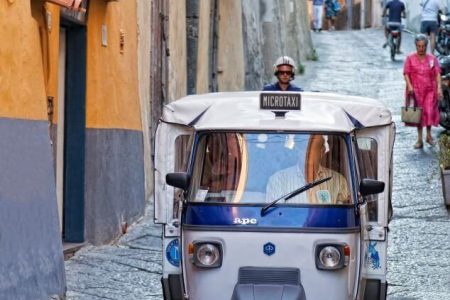
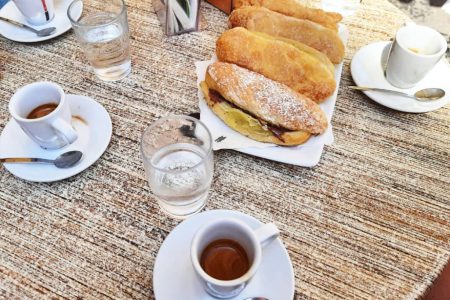
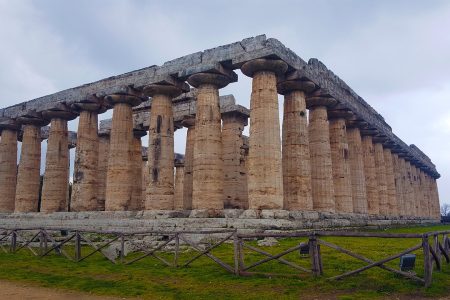
0 Comments